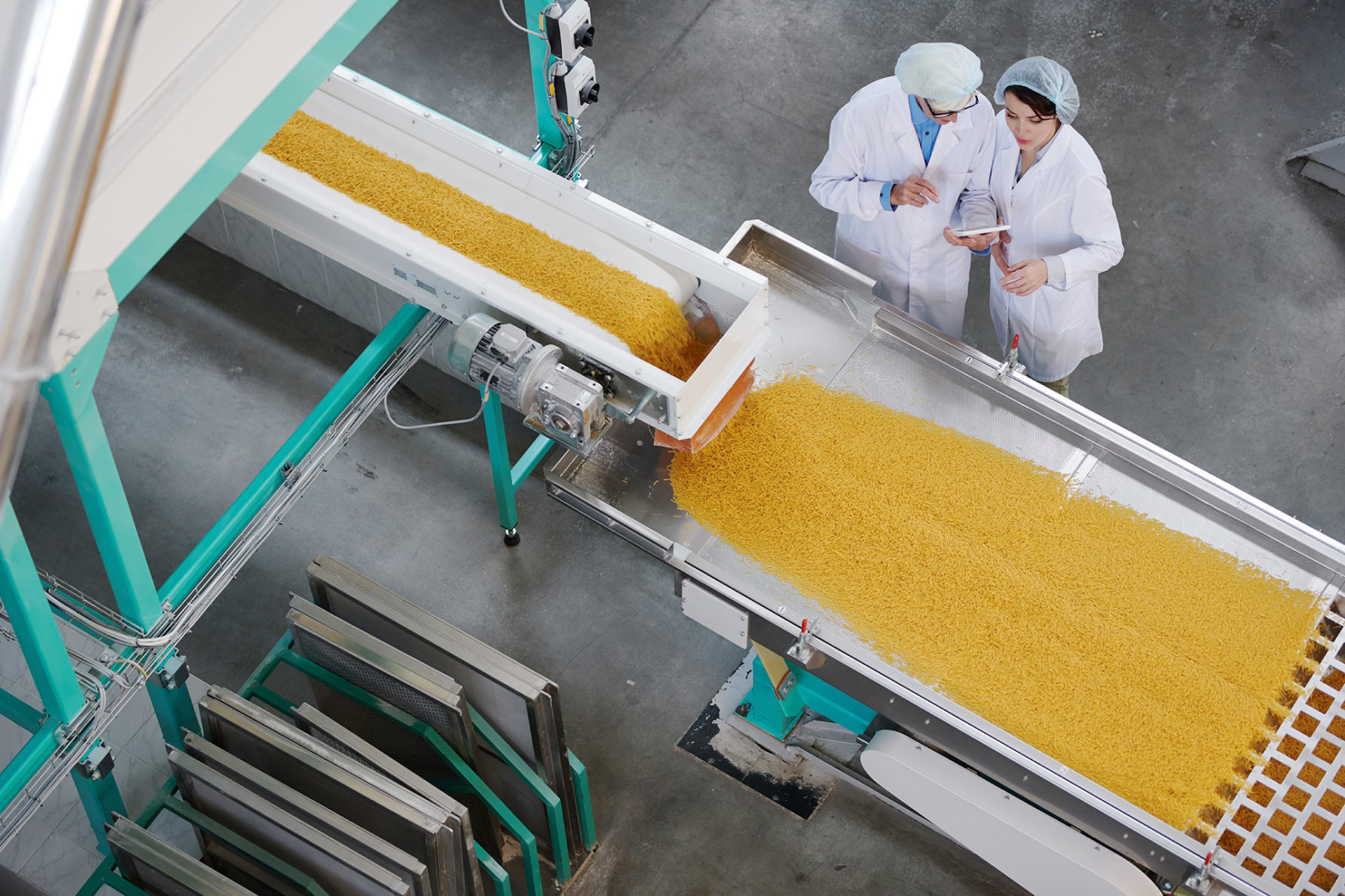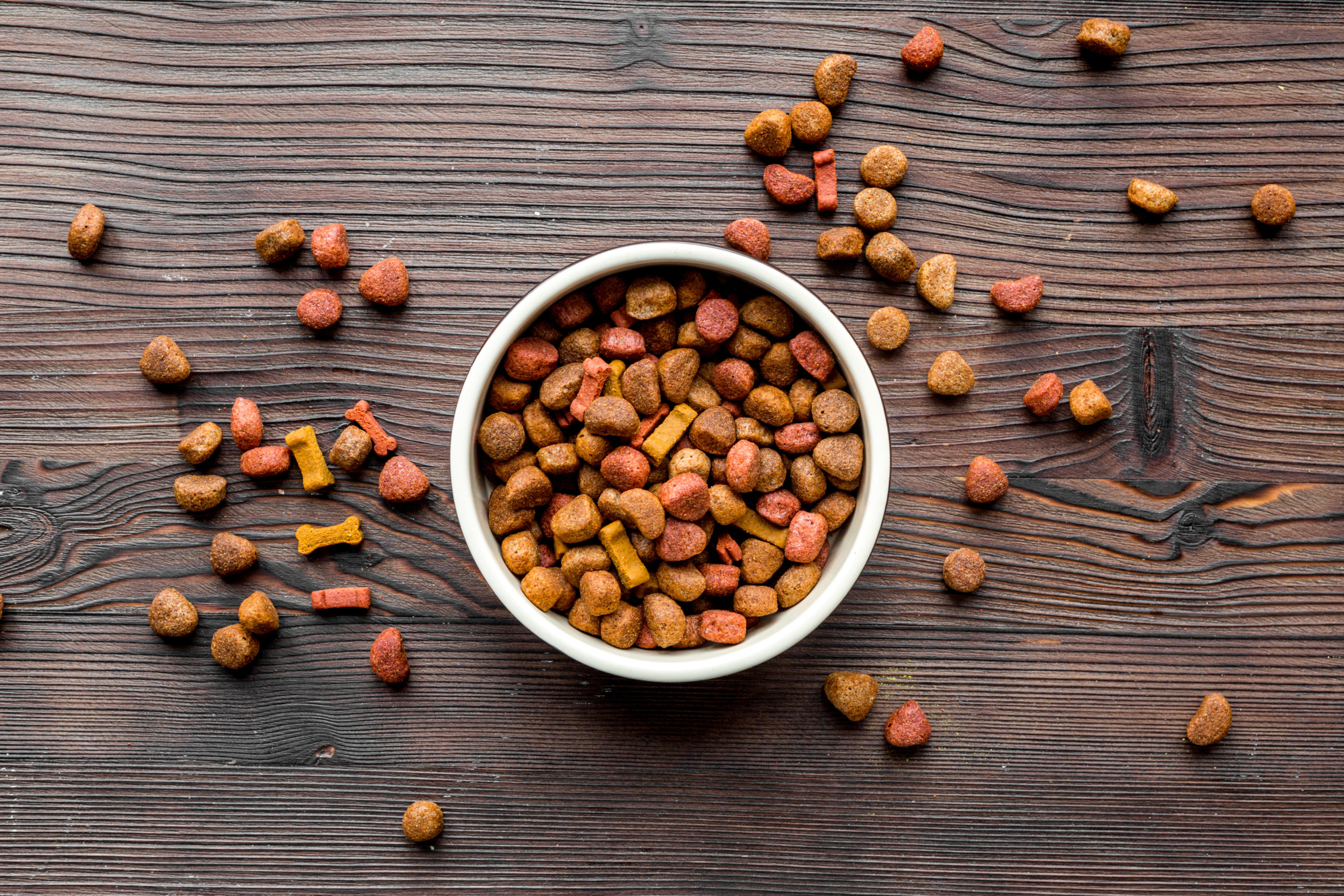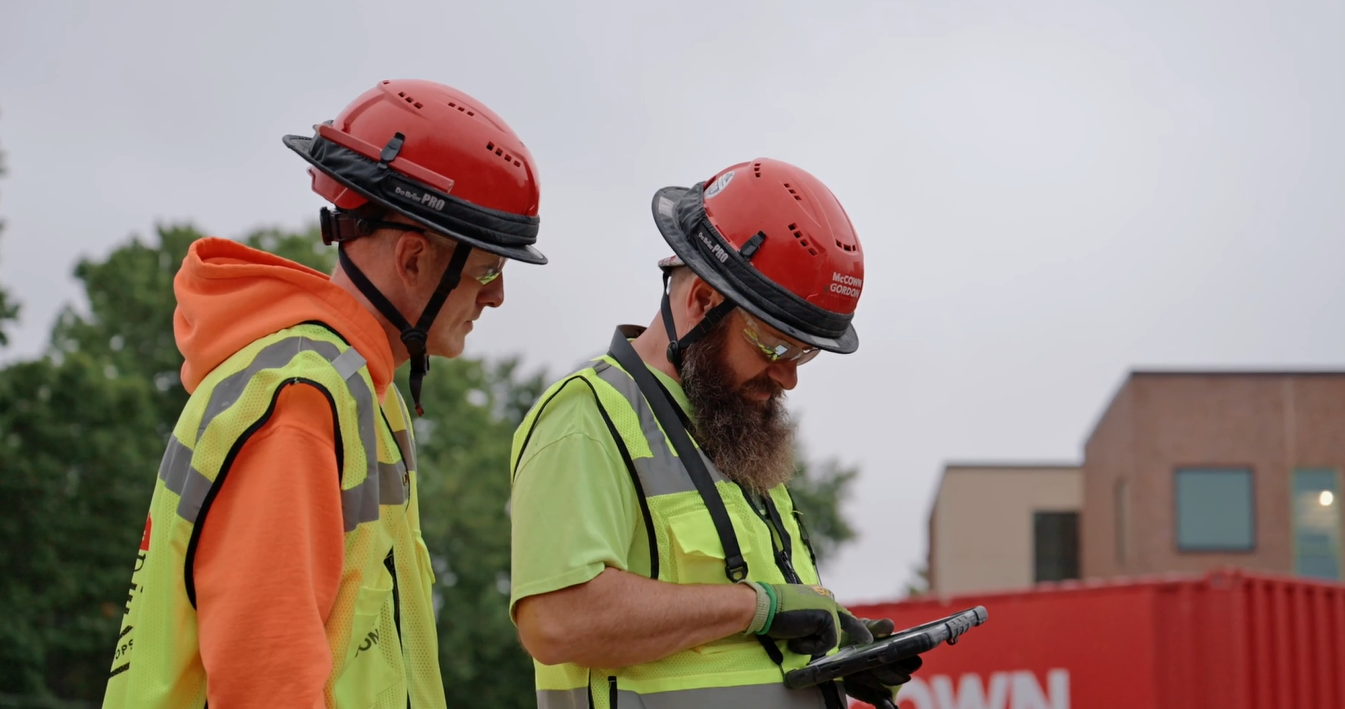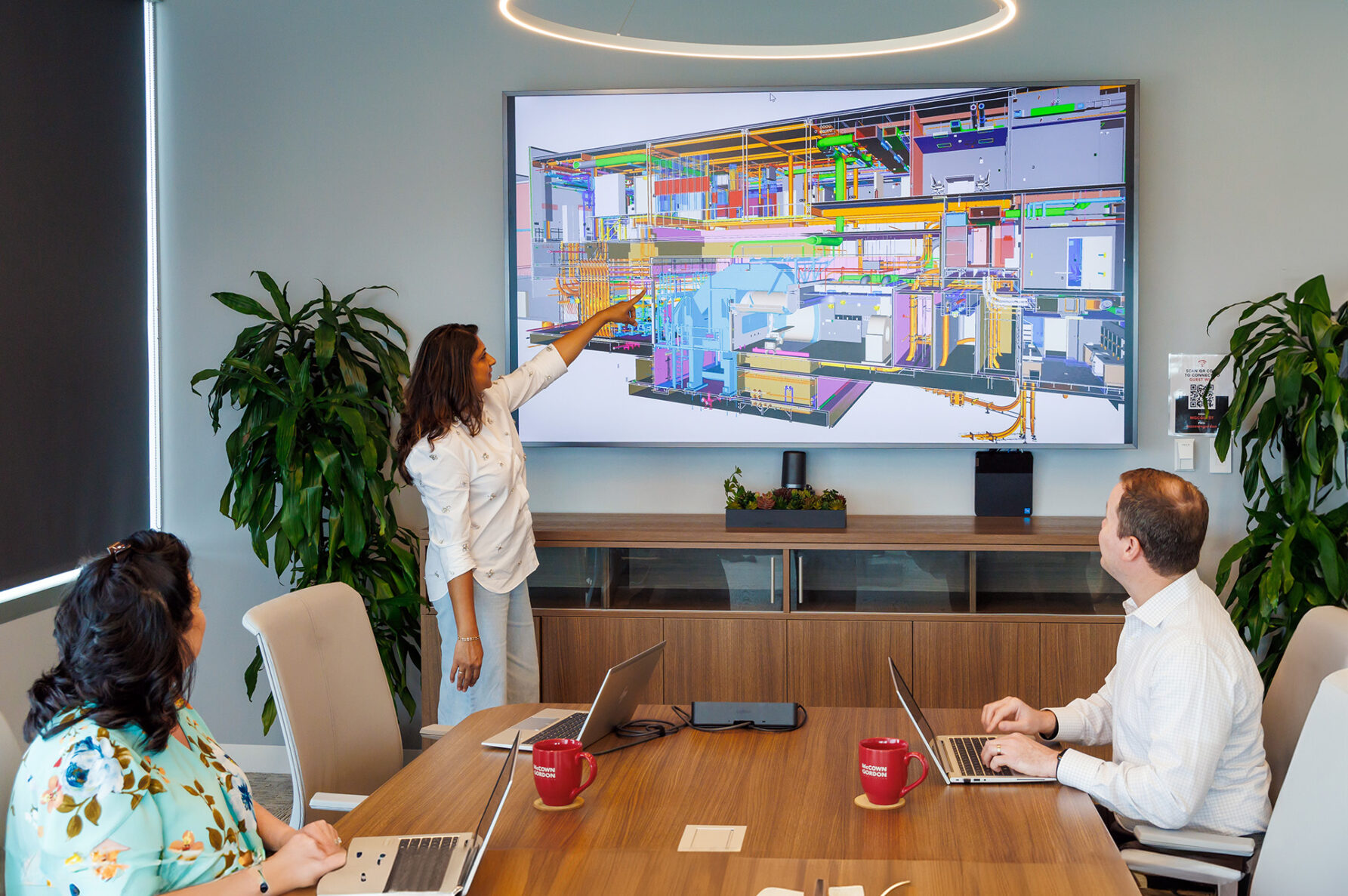No Margin for Error: The Critical Importance of Food Safety in Manufacturing

As consumers we hear about product recalls every day that could cause us to dig through our pantry to throw out the offending food item. But as a manufacturer a product recall can be devastating, with costs ranging from tens of thousands to millions. Product recall expenses run the gamut from notification and communication costs, retrieval and disposal costs, product replacement costs, legal fees and fines and, often the most harmful, damage to the brand reputation. It is essential for companies to take proactive measures to ensure compliance with safety regulations to prevent product defects and avoid the costly impact of a product recall.
Food-grade compliance
The regulations and guidelines that surround food and beverage manufacturing ensure food and food-related products are safe for consumption. These regulations are designed to protect the health and safety of consumers by ensuring food products are produced, processed, and distributed in a manner that minimizes the risk of contamination or other hazards.
The regulatory compliance standards for food vary by country and region, but typically include requirements for labeling, packaging, transportation and storage of food products. These regulations also set standards for the use of food additives, preservatives, and other chemicals used in food processing.
The primary regulatory agency for food manufacturing is the Food and Drug Administration (FDA), which is responsible for ensuring the safety and quality of all domestic and imported food products, including those manufactured, processed, packed, or held for sale in the United States. The United States Department of Agriculture (USDA) ensures the safety of specific types of food products, such as meat, poultry, and eggs. In addition to federal regulation, the food manufacturing industry is also subject to state and local regulations, which can vary widely. These regulations may include requirements for licensing, inspections, and labeling, among other things. Food manufacturers are responsible for complying with all applicable regulations and ensuring the safety and quality of their products.
Pet Food industry

Our furry friends also deserve safe, quality food and snacks and these regulations help keep pet food manufacturing compliance in check. In fact, today we see little difference in design requirements between human and petfood facilities. With strict requirements for maintaining zones to prevent contamination through the process, ingredient sourcing, labeling and production processes adherence can be costly and time-consuming, but additional planning up front can ease the burden and ensure compliance.
Segregating hygienic zones: To ensure no cross-contamination facilities must implement total separation between raw and cooked materials during food processing. Complete separation of materials, personnel and a segregated hygienic zone must be incorporated in the initial master planning of food and beverage facilities. Designs need to include each area within the facility, process, packaging and support, into this separation. It is best practice to design and build these zones in a linear flow creating a clear transition from raw products, which are potentially contaminated, to the post-kill zones, where any harmful bacteria, allergens, etc. are eliminated or “killed”. The kill zone is the critical area where once the product passes through, the process and personnel must ensure it remains uncontaminated through the rest of its product journey.
Ingredient standards: Regulations that require pet food manufacturers to use ingredients that are safe and suitable for animal consumption. The FDA has established guidelines for the use of animal proteins, grains, and other ingredients in pet food. Depending on where your product is sold will dictate the regulations that are required to be followed.
Labeling requirements: Pet food labels must accurately reflect the contents of the product and provide information about the nutritional value of the food. In the United States, pet food labels must meet the labeling requirements established by the FDA.
Production standards: Pet food manufacturers must follow proper sanitation and production practices to prevent contamination and ensure the safety of their products. Manufacturers are required to maintain facilities that are clean and free of pests, and to have processes in place to prevent the growth of harmful bacteria.
Testing and analysis: Manufacturers may be required to test their products to ensure they meet certain nutritional standards and do not contain harmful contaminants. In some countries, regulatory agencies may conduct their own testing and analysis to verify the safety and quality of pet food products.
Choosing the right manufacturing equipment to ensure food-grade compliance
Manufacturing equipment plays an important role in ensuring food product safety. The design, construction, and maintenance of manufacturing equipment can impact the quality and safety of food products in several ways:
Contamination prevention: Properly designed and maintained manufacturing equipment can help prevent contamination of food products by physical, chemical, and biological hazards. For example, equipment with smooth surfaces and no cracks or crevices can be easier to clean and sanitize, reducing the risk of bacterial growth.
Process control: Manufacturing equipment can be designed to control critical process parameters such as temperature, pressure and time. This can help ensure food products are cooked, cooled or dried to the appropriate levels, which can reduce the risk of bacterial growth or other quality issues.
Efficiency: Efficient manufacturing equipment can reduce the risk of delays or backups in the production process, which can help prevent the growth of harmful bacteria or other contaminants.
Traceability: Manufacturing equipment can be equipped with sensors, meters and other devices that can track the production process and provide data on critical control points. This can help manufacturers identify potential issues and trace the source of any quality or safety problems.
Overall, manufacturing equipment plays a major role in ensuring food product safety by minimizing the risk of contamination and ensuring critical processes are controlled and monitored. Our team of manufacturing experts can help food, beverage and pet food manufacturers select appropriate equipment for their production processes, maintain equipment properly, and set appropriate cleaning and sanitation procedures to ensure the safety and quality of their products and avoid the cost of a product recall.





